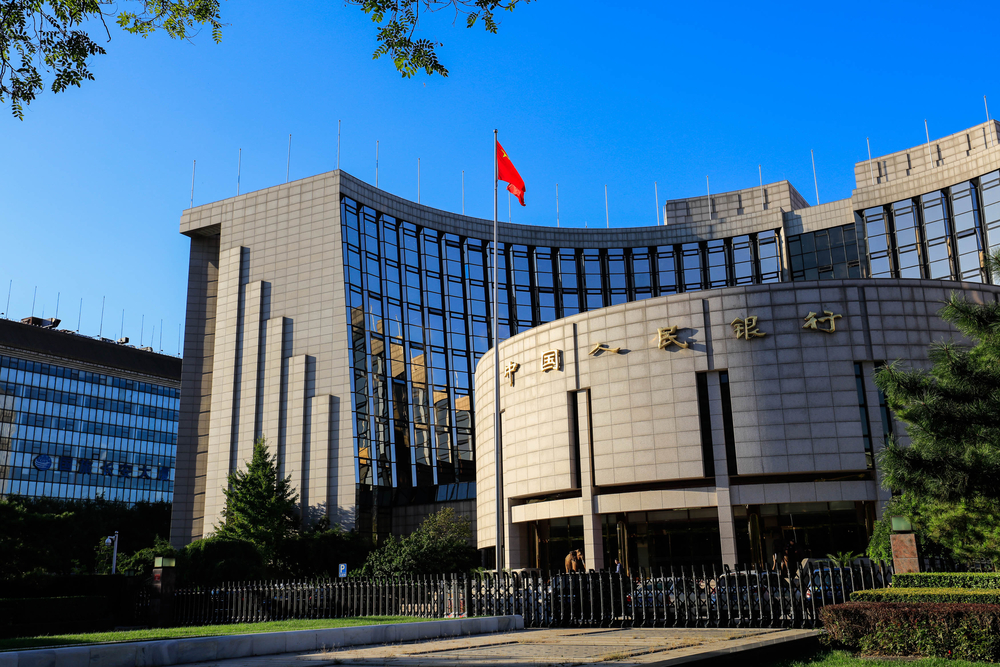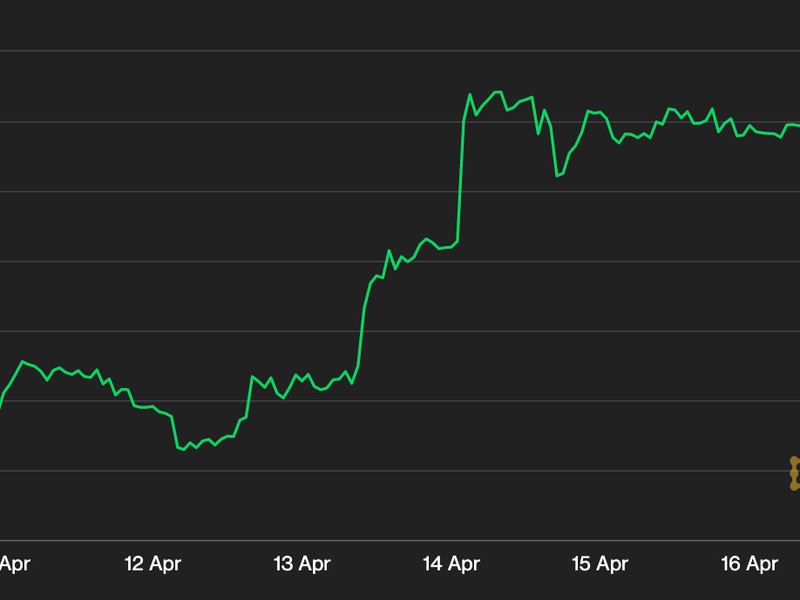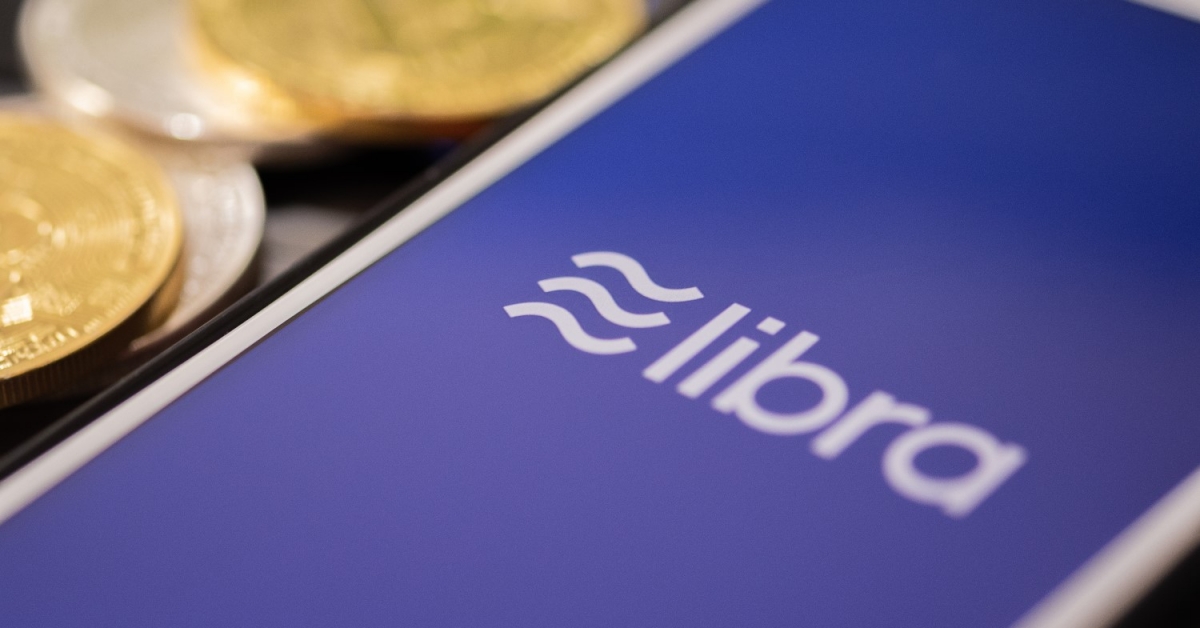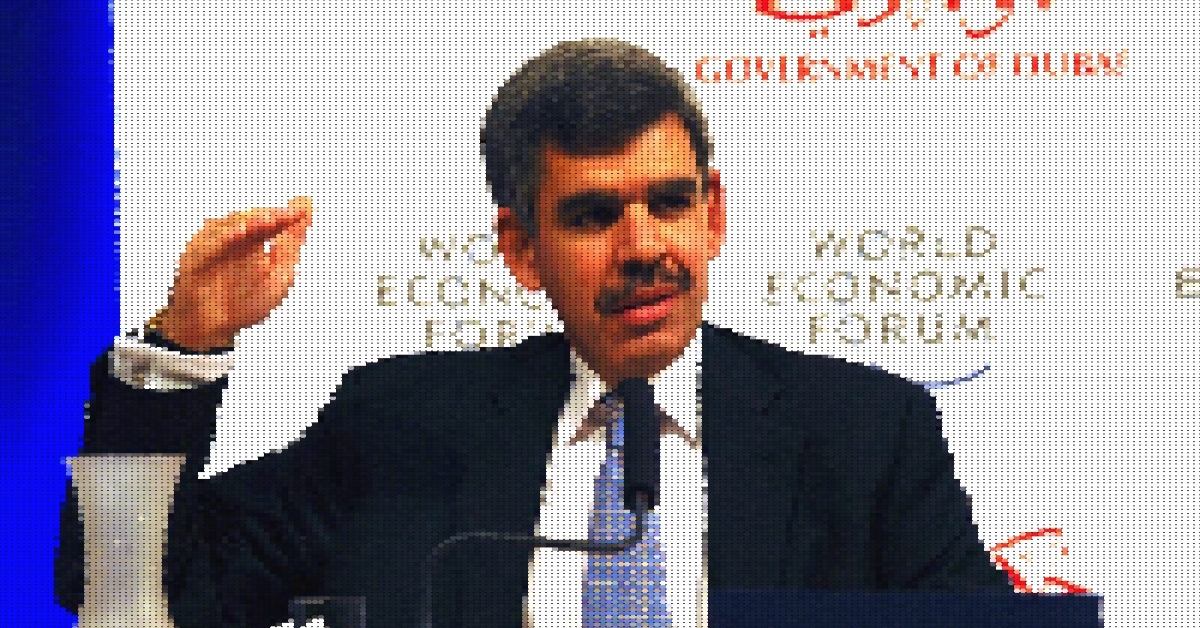The Risks and Rewards of High-Frequency Crypto Trading
:format(jpg)/www.coindesk.com/resizer/CabGUKozR1NyiBkjN56PYzuQ3RQ=/arc-photo-coindesk/arc2-prod/public/R5JVYM4XOFBPRLGHVGCYQXUAQM.png)
Glenn C Williams Jr, CMT is a Crypto Markets Analyst with an initial background in traditional finance. His experience includes research and analysis of individual cryptocurrencies, defi protocols, and crypto-based funds.
He owns BTC, ETH, UNI, DOT, MATIC, and AVAX
I had a nice conversation this week about high-frequency trading (HFT) in crypto markets. Born out of an idea I had to explore the space generally, a bout of fortuitous timing let me speak with someone who has engaged in it first hand.
I’ve always viewed HFT as a quantitative trading style that combines individual quantitative acumen with technical tools to take advantage of price discrepancies. Market makers in stocks and derivatives markets famously deploy the technique, leveraging coding ability and technical skill to capture trading opportunities first.
Often this involves arbitrage, where one asset has two different prices on separate exchanges. If, for instance, you can buy an asset for $10 on one exchange and nearly instantly sell it for $10.25 on another, you will have essentially secured a riskless profit. Doing so over and over can be highly profitable. Some of the more well-known names in HFT are Jump Trading, Citadel Securities, Virtu and Hudson River Trading.
You’re reading Crypto Long & Short, our weekly newsletter featuring insights, news and analysis for the professional investor. Sign up here to get it in your inbox every Wednesday.
In popular culture, HFT has been displayed in Michael Lewis’ 2014 book “Flash Boys,” along with the 2018 film “The Hummingbird Project.” Both describe real and fictional, respectively, efforts to help HFT firms speed up their trading reaction times by fractions of a second by running a new, straighter fiber-optic line across the U.S. Today, the fastest firms use microwave or shortwave radio networks.
HFT certainly has its critics. Some write it off as outright cheating, arguing that access to faster throughput enables them to “front run” orders. Others say that it provides an unfair advantage to institutions over individuals. And others attribute rapid crashes in prices to HFT.
Use of HFT within crypto markets could amplify those critiques to symphonic levels. Still, the part of me that enjoys the marriage between markets and technology can’t help but look further.
My curiosity brought me to a conversation with Keone Hon, CEO of Monad Labs. His current firm’s mission centers around delivering a proof of chain (PoS) blockchain, which increases transaction throughput, and maintains compatibility with the Ethereum Virtual Machine (EVM). His prior role included a role as quantitative trading team lead at a separate HFT firm.
And while I spent the first half of this column discussing what I knew (or thought I knew), I’d like to spend the second half discussing what I learned. Here are some takeaways:
What HFT provides to crypto
Part of the edge is borne out of the nascency of crypto itself. Since there are fewer participants than there are over in traditional markets, price dislocations are more common – meaning larger profits. As more participants come in, those opportunities will become more scarce.
Buyers and sellers are not necessarily prepared to trade at the same time, so HFT firms bridge that time gap, buying from sellers and vice versa.They also compete with other traders to quote prices as tightly as possible.
“At the end of the day, professional automated trading is providing a service, although it may not sound that way,” Hon said.
The different HFT strategies in use
Candidly, this was my most selfish question. I enjoy all conversations around strategy and how individuals synthesize their own interpretation of data into a plan of action.
It was apparent that a class of strategies exists in HFT. One (mentioned previously) is arbitrage, whereby the trader is looking to take advantage of mispricings across different exchanges. Other strategies are alpha-driven, kicked off by “quantitative signals that come from measuring things happening on the order book,” Hon said.
What stood out to me during our strategy discussion was the need to not only be thoughtful in execution, but in position management and exchange evaluation. Part of the requirement of trading across exchanges involves maintaining inventory there, which brings with it additional elements of counterparty risk, particularly with centralized exchanges.
To that end, I got the sense that Hon feels that decentralized exchanges need to catch up to their centralized counterparts in terms of the user experience and quality of execution. My impression is that part of his current firm’s goal is to bridge the current gap between centralized and decentralized exchanges.
How can you have a conversation on crypto and trading and not bring up regulation at least once? On that end, I suspect his response will surprise some. My impression is that Hon views sensible regulation as good, if for no other reason than it lets participants operate within a prescribed framework.
“It’s actually beneficial to make sure that exchanges are playing by the rules. It’s good to make sure that they have proof of reserves and assets that they claim,” Hon said.
This is actually similar to what other crypto participants have told me. A clear set of rules, implemented without malice, would enable crypto participants to operate effectively, efficiently and… quickly.
Edited by Nick Baker.
Learn more about Consensus 2024, CoinDesk’s longest-running and most influential event that brings together all sides of crypto, blockchain and Web3. Head to consensus.coindesk.com to register and buy your pass now.
DISCLOSURE
Please note that our
privacy policy,
terms of use,
cookies,
and
do not sell my personal information
has been updated
.
The leader in news and information on cryptocurrency, digital assets and the future of money, CoinDesk is a media outlet that strives for the highest journalistic standards and abides by a
strict set of editorial policies.
CoinDesk is an independent operating subsidiary of
Digital Currency Group,
which invests in
cryptocurrencies
and blockchain
startups.
As part of their compensation, certain CoinDesk employees, including editorial employees, may receive exposure to DCG equity in the form of
stock appreciation rights,
which vest over a multi-year period. CoinDesk journalists are not allowed to purchase stock outright in DCG
.
:format(jpg)/www.coindesk.com/resizer/CabGUKozR1NyiBkjN56PYzuQ3RQ=/arc-photo-coindesk/arc2-prod/public/R5JVYM4XOFBPRLGHVGCYQXUAQM.png)
Glenn C Williams Jr, CMT is a Crypto Markets Analyst with an initial background in traditional finance. His experience includes research and analysis of individual cryptocurrencies, defi protocols, and crypto-based funds.
He owns BTC, ETH, UNI, DOT, MATIC, and AVAX









